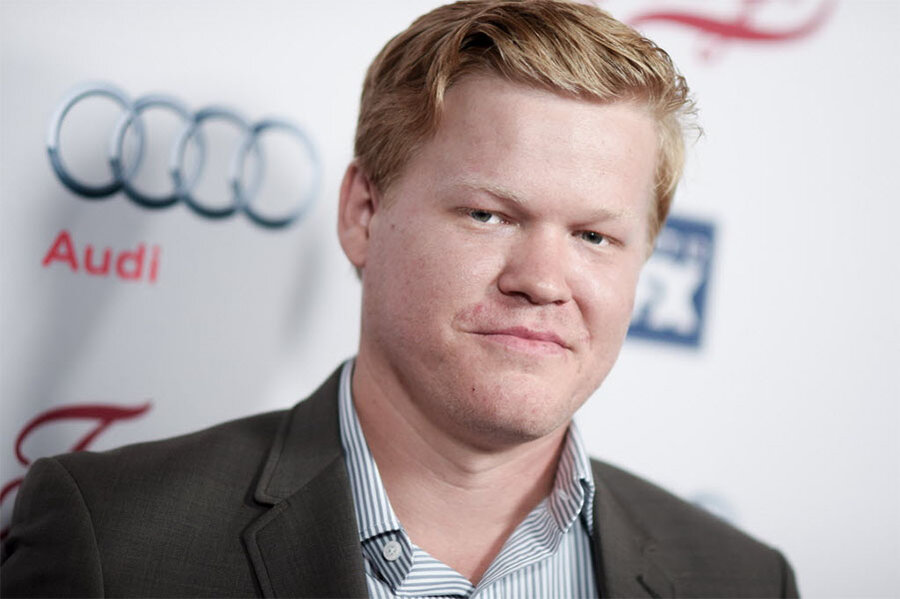'Fargo' season two: Three things the show can learn from 'True Detective'
Loading...
The second season of the acclaimed FX drama “Fargo” premiered on Oct. 12.
“Fargo” is inspired by the 1996 Oscar-winning Coen brothers movie of the same name. The show debuted in 2014, starring Billy Bob Thornton and Martin Freeman. The first season of the show was critically acclaimed, with the program earning multiple Emmy and Golden Globe nominations and winning the best miniseries Emmy.
Like some other programming currently on television, such as HBO’s “True Detective” and FX’s “American Horror Story,” “Fargo” is an anthology TV series. While the first season took place close to our present day, the current season is set during the 1970s. The main connection between the seasons is that a diner owner, Lou Solverson, is seen during his youth during season two and is now portrayed by Patrick Wilson. New actors such as Kirsten Dunst, Ted Danson, and Jesse Plemons also star.
Is the second season as creatively satisfying as the first? So far, reviewers seem won over, with Neil Genzlinger of the New York Times writing that it “promises to be an entertaining season of this sublime series,” The Wrap writer Amber Dowling writing that it has a “sharp, well-developed story… full of watchable characters,” and Variety writer Brian Lowry writing that it has “equaled its predecessor.”
The second season of “True Detective” aired this past summer and both “Detective” and “Fargo” faced similar challenges: following up their acclaimed first seasons with new episodes that centered on all-new characters rather than the people viewers had come to know. “Detective” was not considered a success, with both critics and viewers saying they were disappointed.
“Fargo” seems to be off to a good start so far. What can those behind the FX drama learn from the problems with “Detective”?
One way those behind “Fargo” can please viewers is only creating as many characters as can be satisfyingly explored. The first season of “Detective” centered on two police detectives, portrayed by Matthew McConaughey and Woody Harrelson, and many viewers and critics became invested in the characters. Season two focused on three police officers (Colin Farrell, Rachel McAdams, and Taylor Kitsch) and a former criminal trying to leave his past behind (Vince Vaughn). With so many main characters, viewers had less time to learn about their histories and motivations, and seemed to feel that when they did learn something, only clichés were presented. Characters on “Fargo” should be limited and interestingly shown.
Those working on “Fargo” should also try to keep the story interesting but not overly complicated if they want to please viewers. Many viewers who tuned in for “Detective” complained they practically needed a flowchart to keep track of the many threads connected to the central conspiracy.
“Fargo” also needs to present a compelling answer to any mysteries it introduces. When the mystery of “Detective” wrapped up, it turned out that two characters viewers glimpsed only briefly were at the center of the show’s mystery. Viewers responded with a resounding shrug. Villains need to be memorable, as does the way the show wraps up.
[Editor's note: The original version of the article included a misspelling of the name Coen.]








